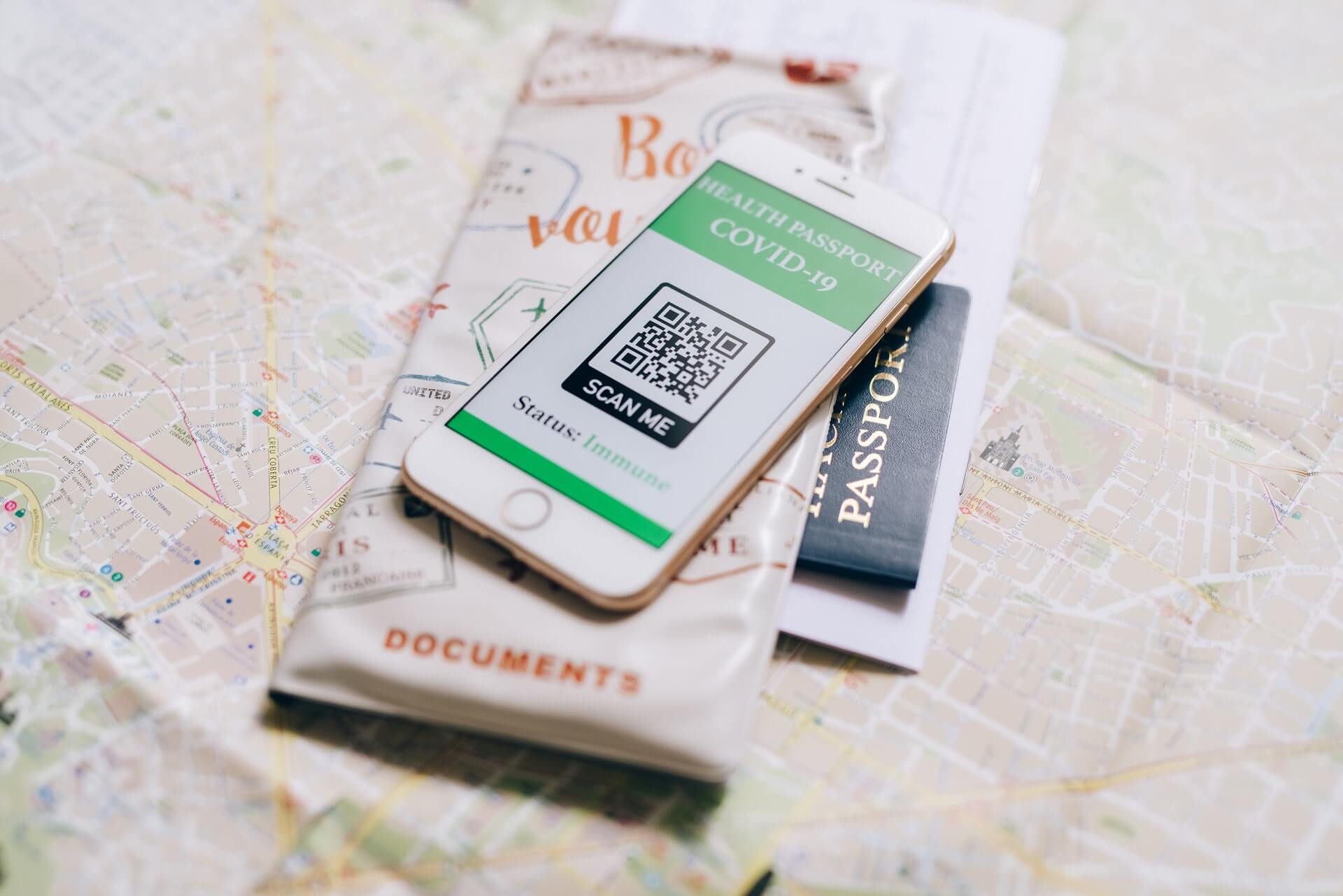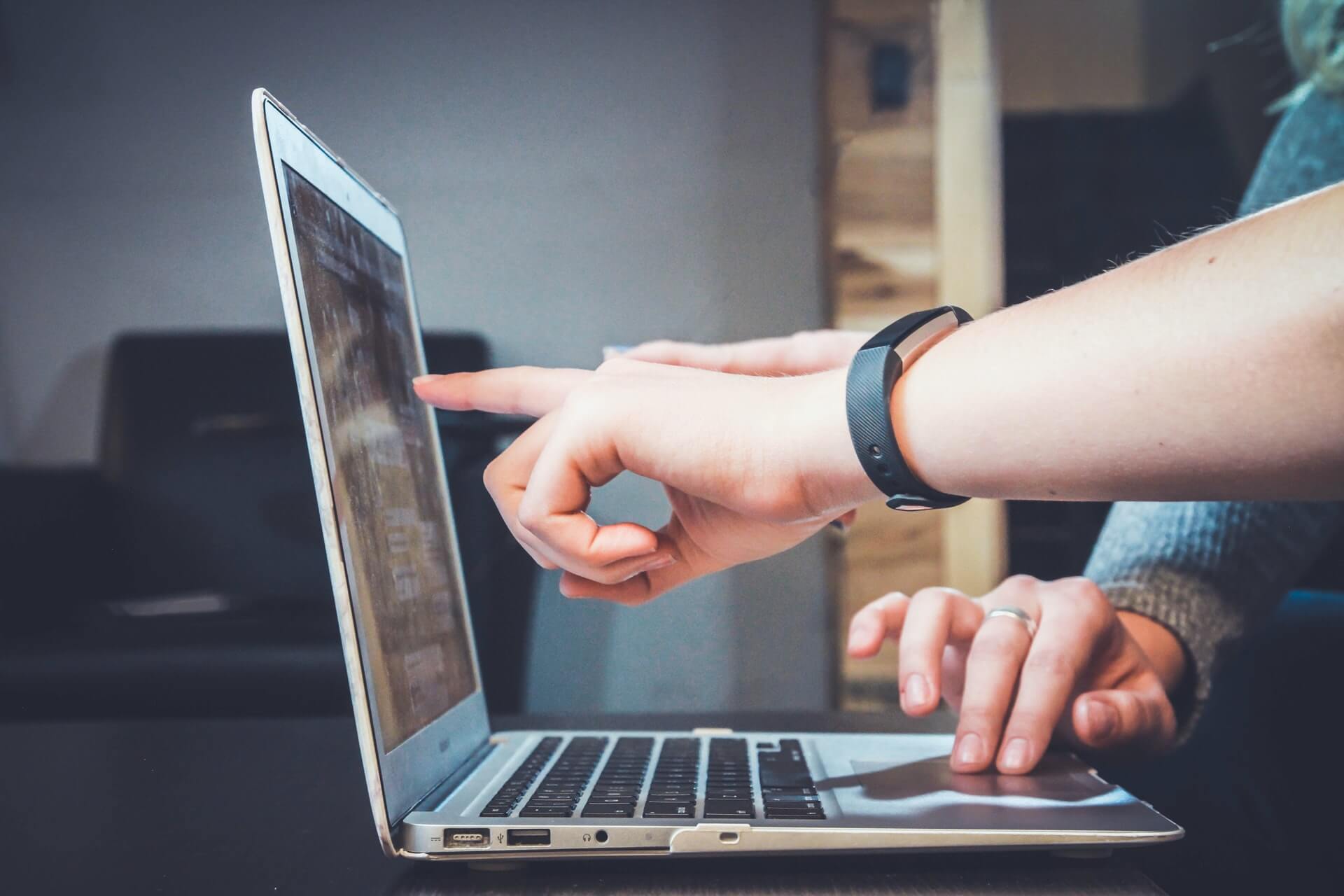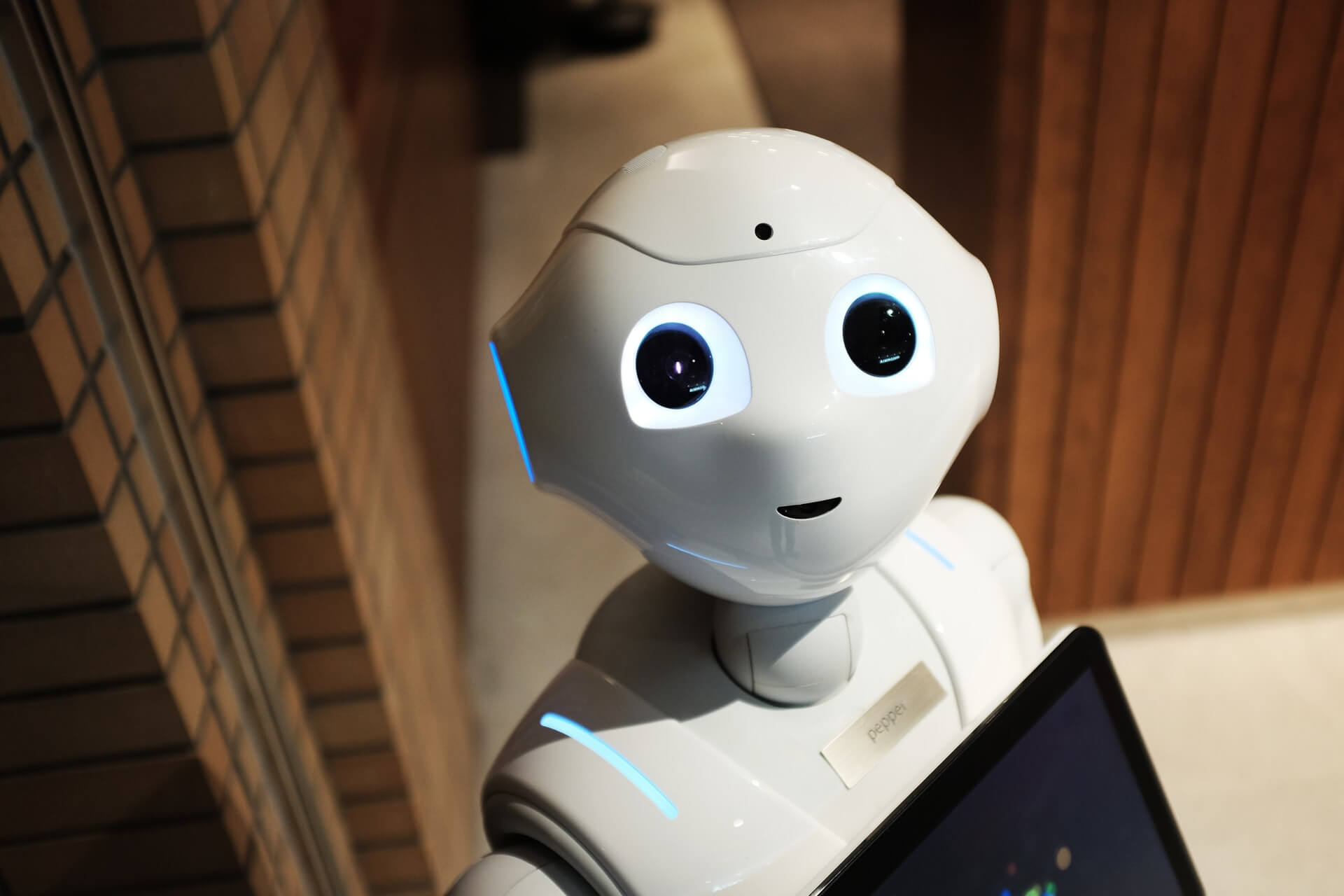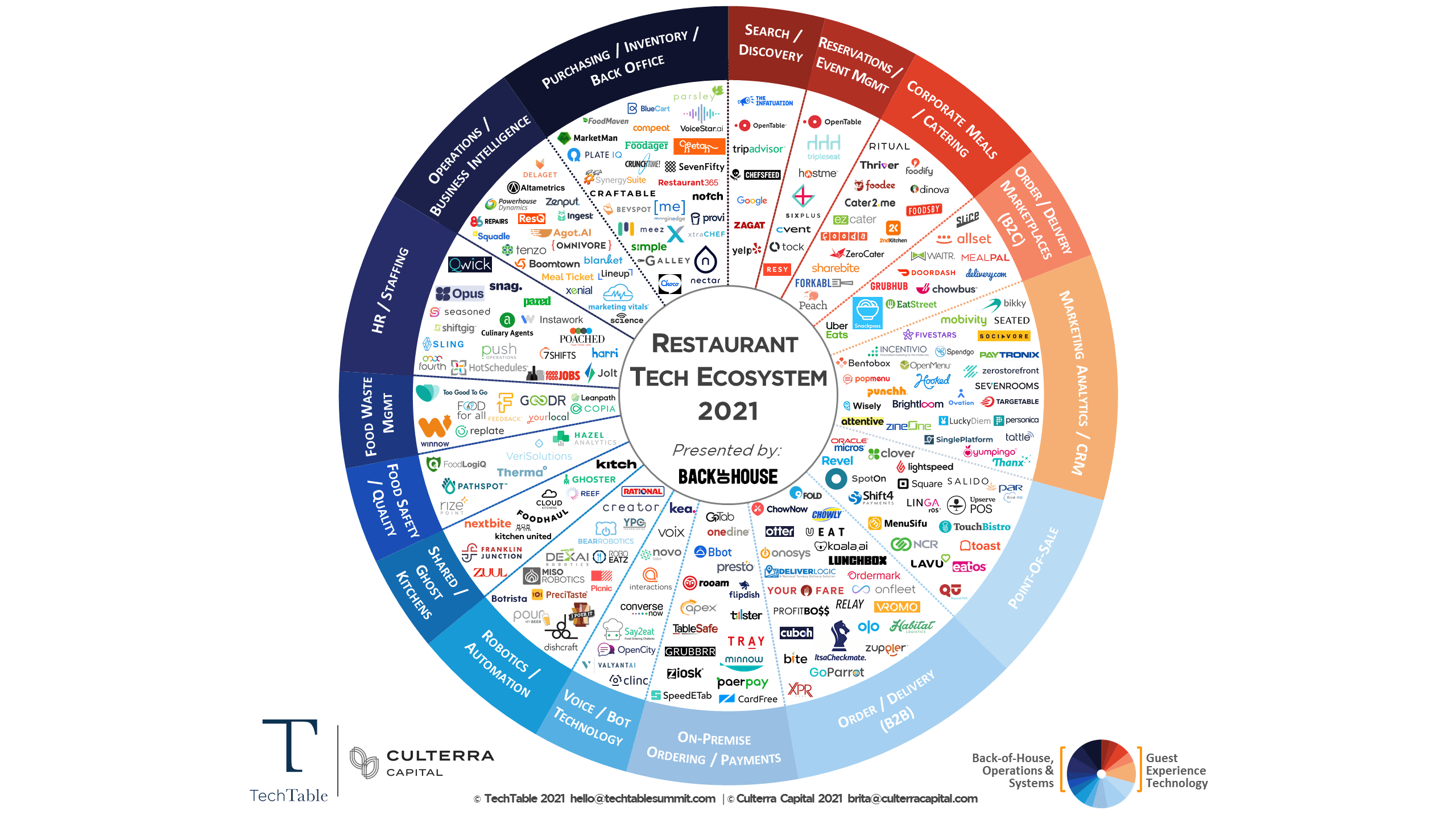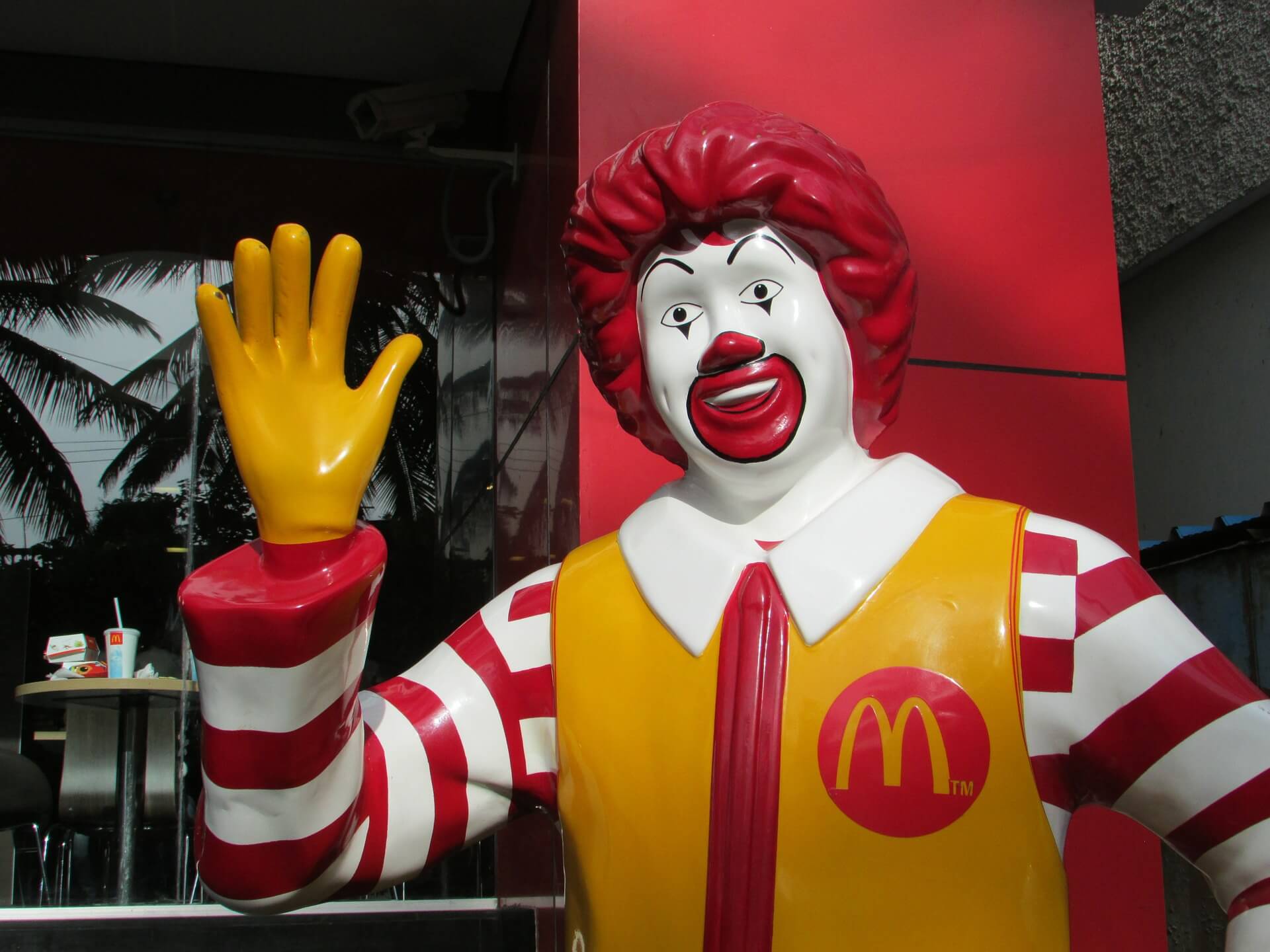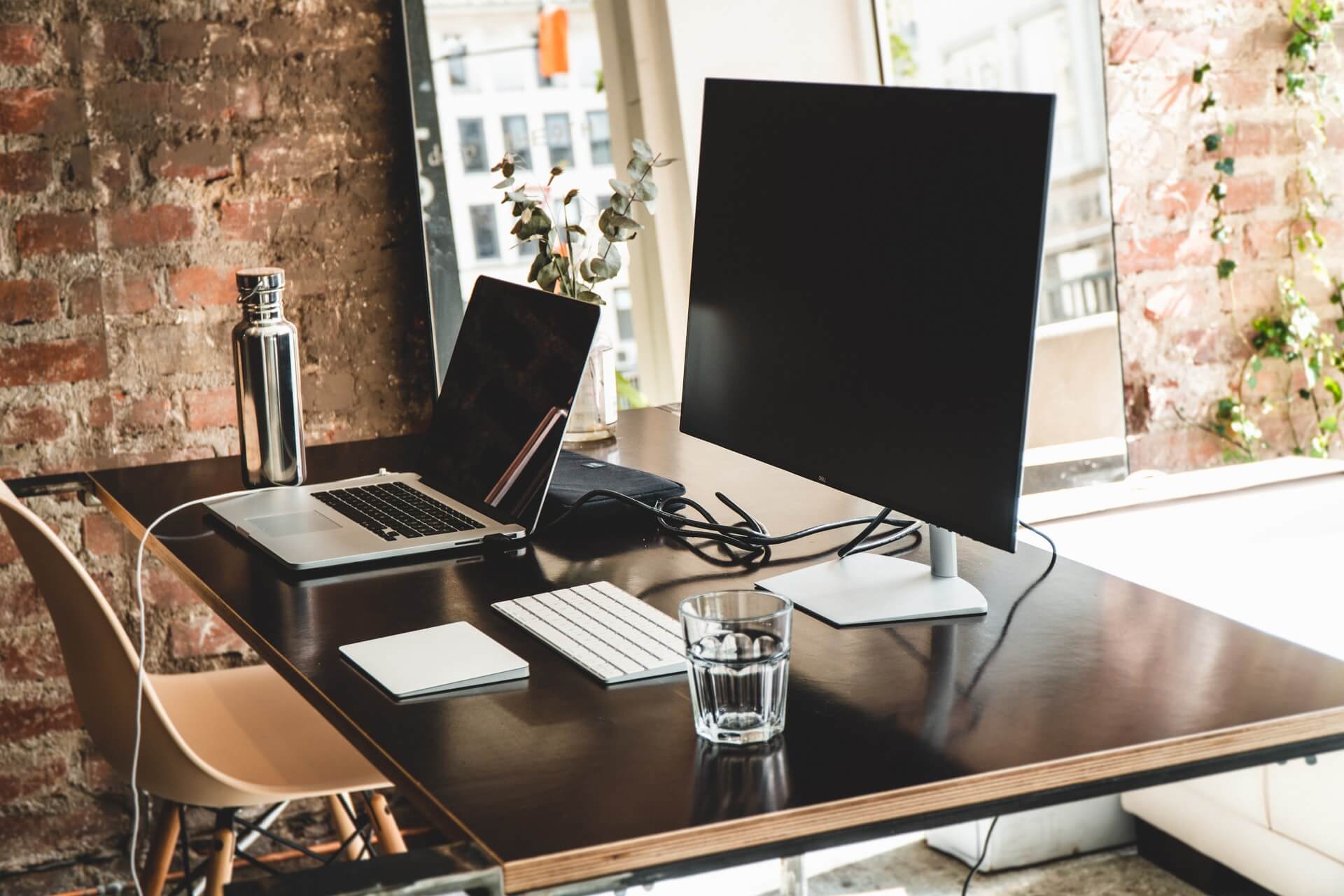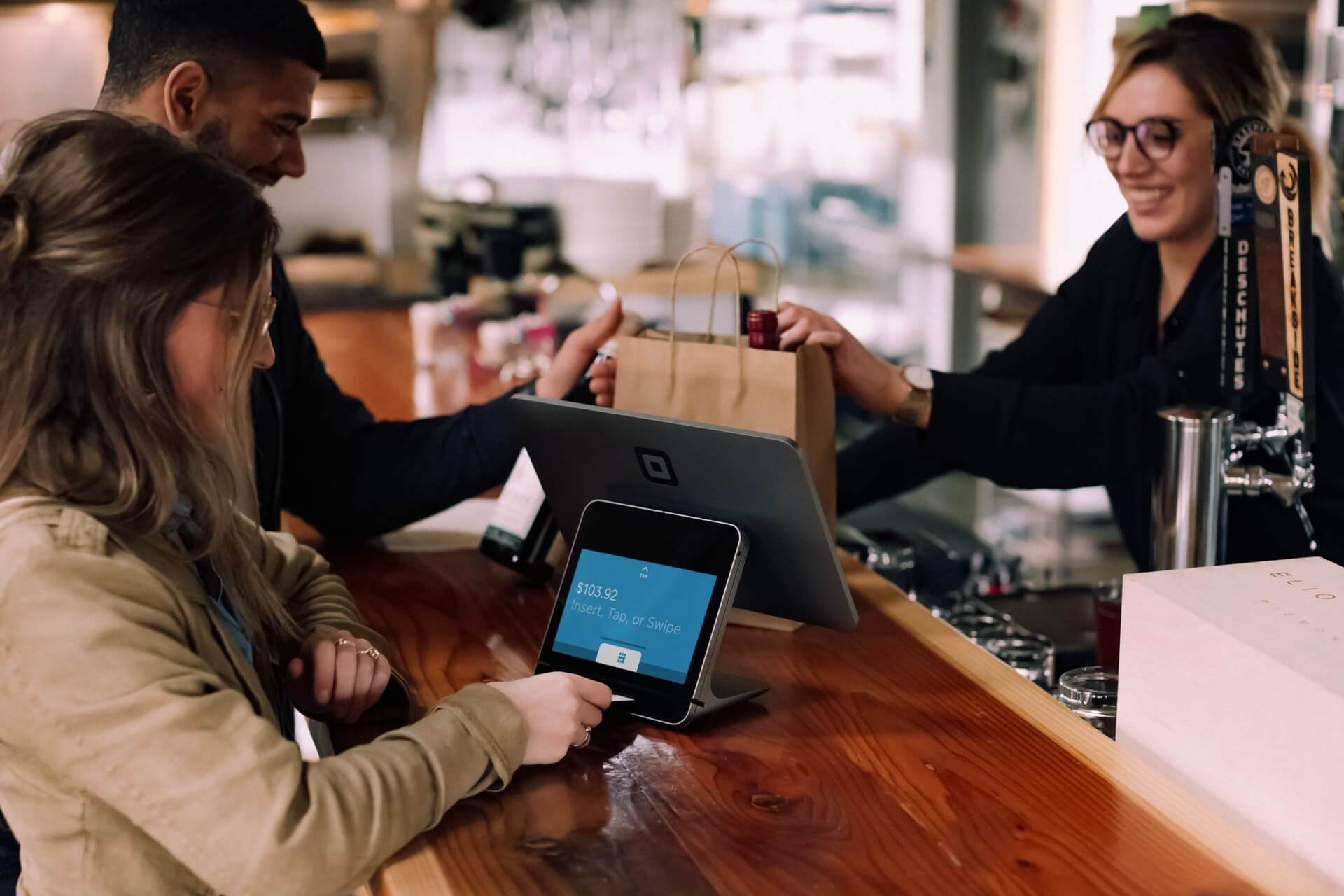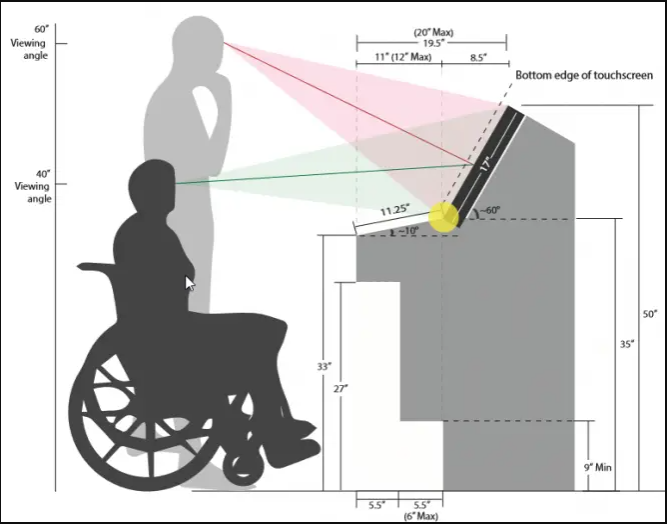6 Takeaways from HD Expo 2021
by David Klemt
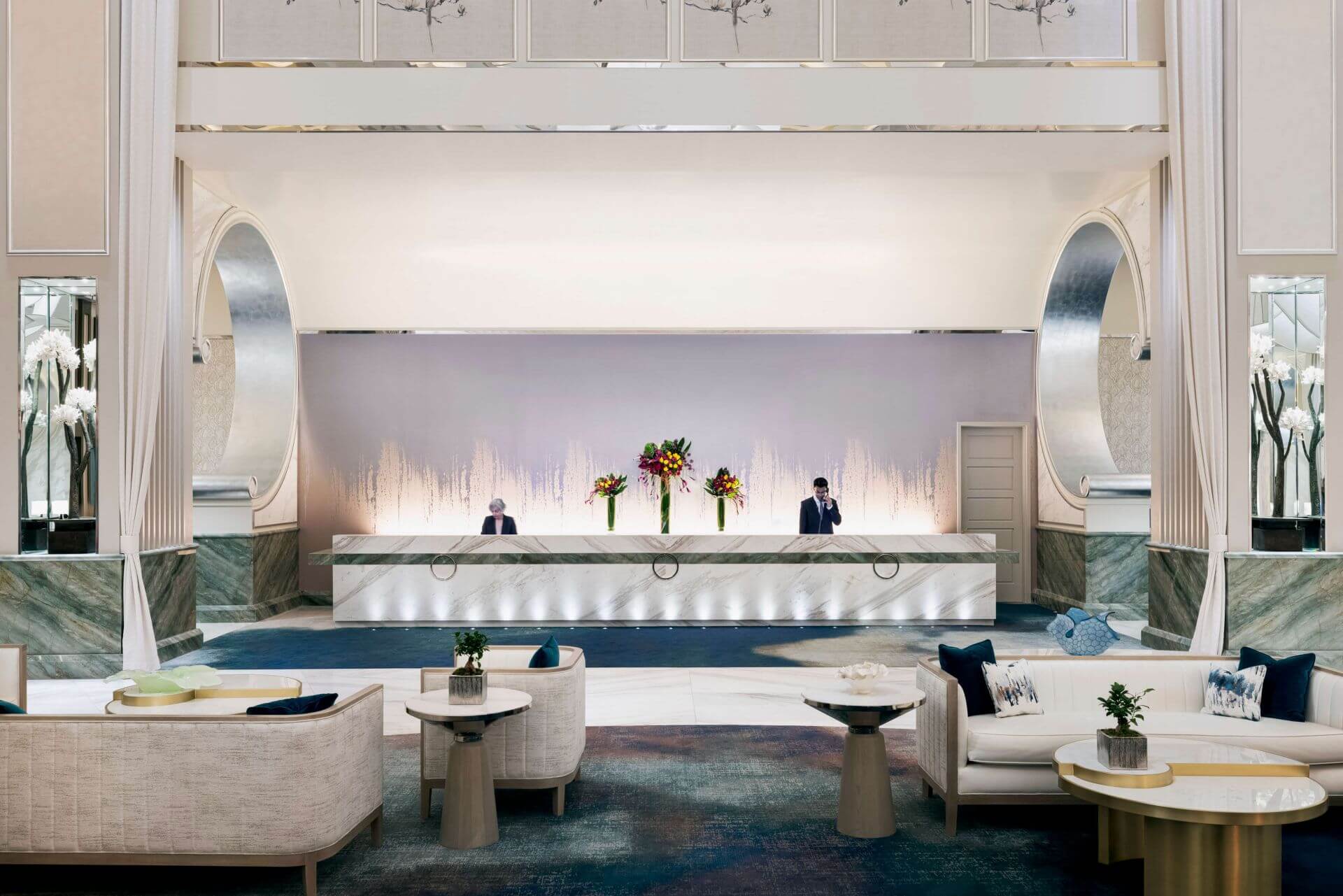
Crockfords lobby inside Resorts World Las Vegas
This year’s Hospitality Design Expo in Las Vegas reveals an industry set to undergo seismic shifts that will reverberate for years to come.
While the pandemic certainly plays a role in transforming the industry, it’s not the only factor.
Here are six major takeaways from HD Expo 2021.
Diversity, Equity and Inclusion
Hospitality—indeed, the world—is in the midst of reckoning with inequality. This is both long overdue and nowhere near complete.
Truthfully, we’re just at the start of the process. There’s much more work to be done.
However, many global hospitality brands and their partners are taking steps to be more equitable. The focus on diversity, equity and inclusion is holistic, spanning C-suites to fronts and backs of house.
Refreshingly, this commitment to diversity, equity and inclusion isn’t limited to hotel and restaurant chains. Smaller, independent operators are also up to the challenge of eschewing long-standing inequalities and toxic norms.
We have a lot more work to do but change is in the air.
Sustainability
Another widespread hospitality industry focus is sustainability. Again, global brands and equipment manufacturers to independent operators and small design firms are seeking to operate more sustainably.
Hotels, resorts, and restaurants are committing to design and operations that lessen their impact on local areas and the globe. Equipment manufacturers are doing the same.
While a smaller show this year, the HD Expo floor featured several exhibitors proudly pursuing LEED and other environmentally-friendly certifications.
Certainly, the hospitality industry has been focusing on sustainability, “going green,” and responsible operations for a few years. From what we saw at HD Expo 2021, the desire for sustainability and environmental design is only going to grow stronger.
Return to Nature
Intriguingly, many designers and boutique operators are changing how we think about resorts. Airstreams and intimate cabins that encourage guests to recharge and reconnect with nature are on the rise.
For example, Getaway intends their guests to disconnect and immerse themselves in nature. Ideally, a guest won’t even consider bringing electronic devices and trying to work or spend any time on their phone.
A quick exploration of the Getaway website makes the brand’s mission clear. Slides have titles such as “Getaway from Nashville” and “Getaway from Chicago.” The navigation bar lists Getaway locations under the heading “Escape From.”
Conversely, there’s Yonder. This resort in Escalante (more locations are on the way) also wants guests to disconnect. However, they do offer WiFi and aren’t about escaping from the world.
Rather, Yonder encourages guests to engage with one another. The Escalante property features a communal clubhouse and robust food and beverage program. A massive hot tub spans the length of the pool. There are no showers in the Airstreams or cabins—guests commune with nature when they bathe.
Of course, more traditional hotels and resorts, along with restaurants and bars, are also embracing the outdoors.
In terms of this design change, one can certainly draw a straight, well-defined line from the pandemic to outdoor spaces. Leveraging outdoor areas continues to be one of the most common solutions for navigating and surviving mandates and public health recommendations.
Nearly every panel discussion at HD Expo 2021 at least made a passing mention of maximizing the usage of outdoor spaces. Clearly, this isn’t a design trend—this change is here to stay.
Guest Tech
Increasingly, hotels and some restaurant brands are going out of their way to allow guests to control their stays through technology.
Want to order room service? A few clicks of your phone make that possible. Not completely comfortable? Adjust temperatures, lights, drapes and shades digitally.
From check-in to check-out, a guest can essentially control every aspect of their visit via the little device in their pocket.
This is, in part, a response to the pandemic. It’s also about adapting quickly to shifting guest needs and desires.
Hotel, resort, restaurant and bar, and entertainment venue guests are skewing ever younger. And each successive generation is ever-more technologically savvy.
If something can be handled via phone or tablet quickly and conveniently, a significant percentage of guests feel it should be handled that way.
Additionally, smart increases in tech implementation speak to another guest expectation: If they’re accustomed to having something from home, they want it at hotels and resorts as well.
In fact, Lee Shuman, vice president of construction and design for Peachtree Hotel Group, says guest expectation is impacting hotel pools. According to Shuman, pools “seem to be falling to the wayside” in favor of larger, better-equipped health centers.
Of course, this another change partly fueled by the pandemic. More and more people are focusing on their health. People are working out more and expect hotels and resorts to provide them with convenient ways to work out when away from home.
After all, a hotel is intended to be a home away from home.
Local Culture
As trends, locality and hyper-locality are growing stronger and stronger. Interestingly, a focus on local culture is impacting all areas of hospitality, not just F&B.
Several hotel, resort and design groups spoke to the importance of embracing locals in as many ways as possible.
Hotel and resort owners and groups are retaining the services of local designers. In turn, those designers influence exterior architecture, interior design, artwork, and a specific project’s color theory.
Who better, after all, to ensure a property fits within the landscape and speaks to locals? It’s only logical to work with local designers and artists—they’re immersed fully in a location and and its culture.
Local artists and artisans also imbue a property with its personality. They also help to attract local support.
We expect more hotel and resort groups to focus on differentiating one property in their portfolio from the next. Indeed, there are groups with portfolios wherein every property is unique.
F&B Focus
It’s fair to say that, traditionally speaking, many hotel groups treated their F&B programming almost as an afterthought. In fact, some groups made it clear F&B was unimportant to them.
That’s changing.
Locality and hyper-locality are permeating F&B programs, and hotels, guests and locals are better for it.
It’s no longer uncommon to find local food items, beer, spirits, wine, and soft drinks on hotel restaurant and room service menus.
The pursuit of the local is very real and very effective. Locals are encouraged by some hotel operators to work, relax, play, dine and eat at their properties. In fact, many groups seek to make their hotels and resorts a part of everyday life for locals.
Interestingly, hyper-locality isn’t new to today’s restaurant operator. We expect this “trend” to gain a stronger foothold throughout the hospitality industry.
Image: Crockfords / Resorts World Las Vegas

